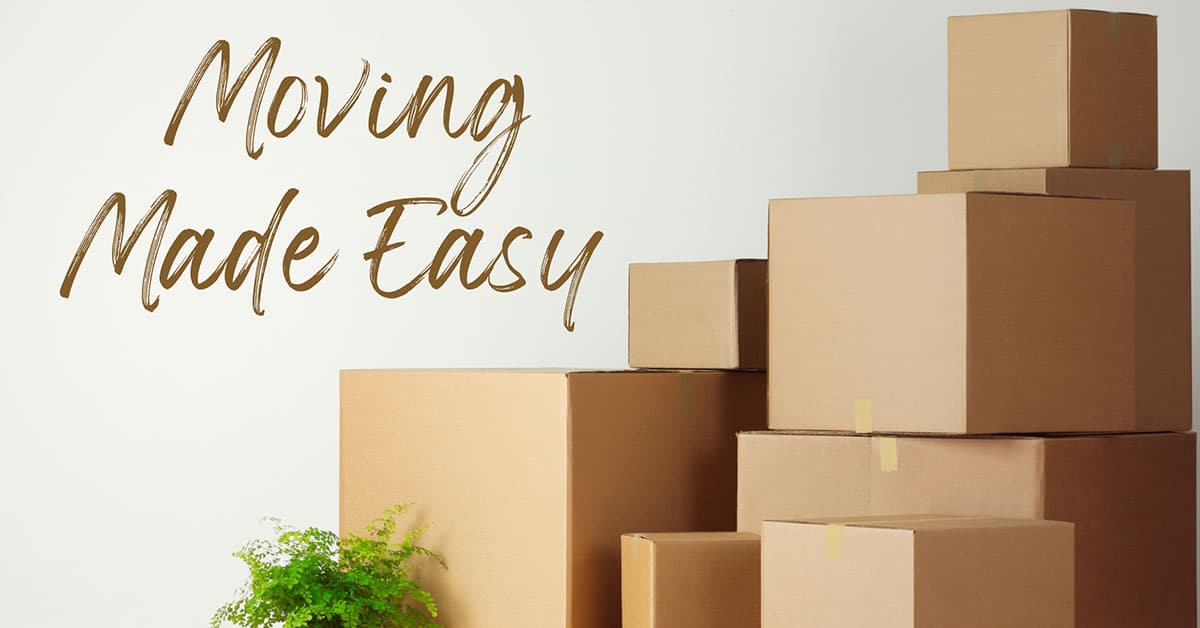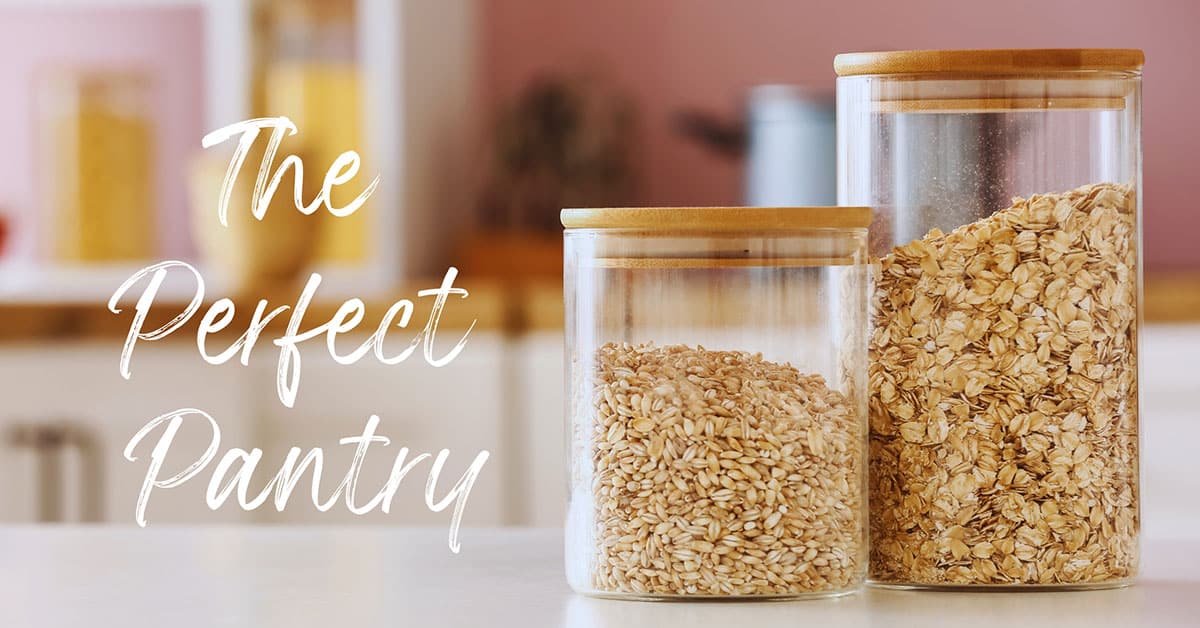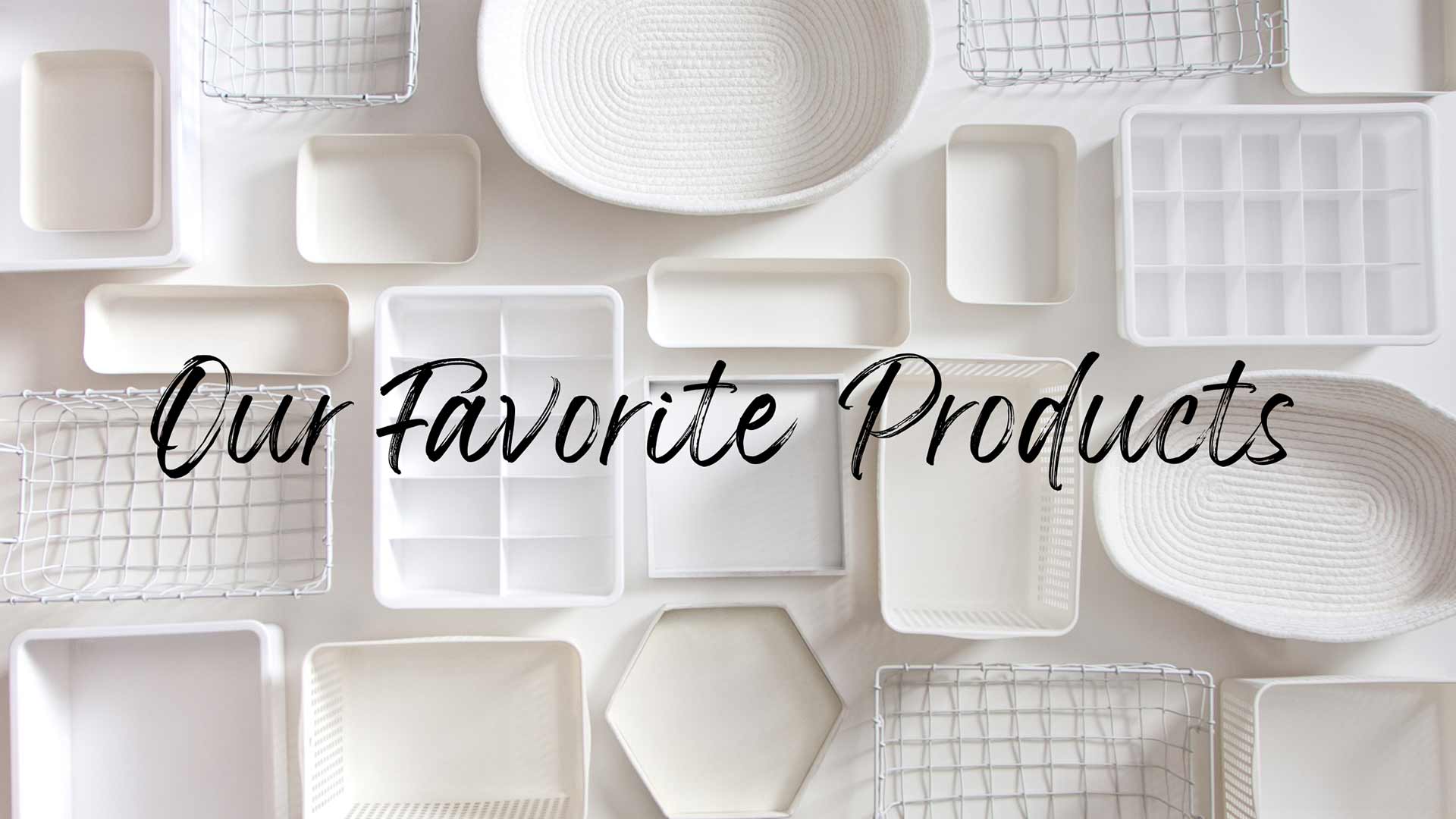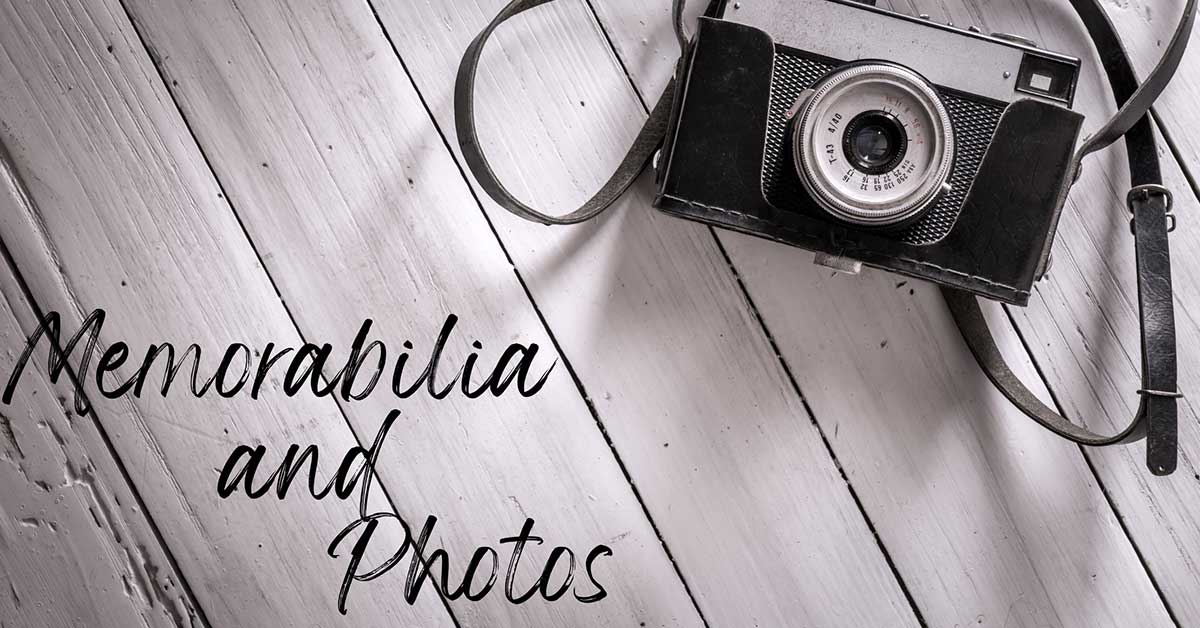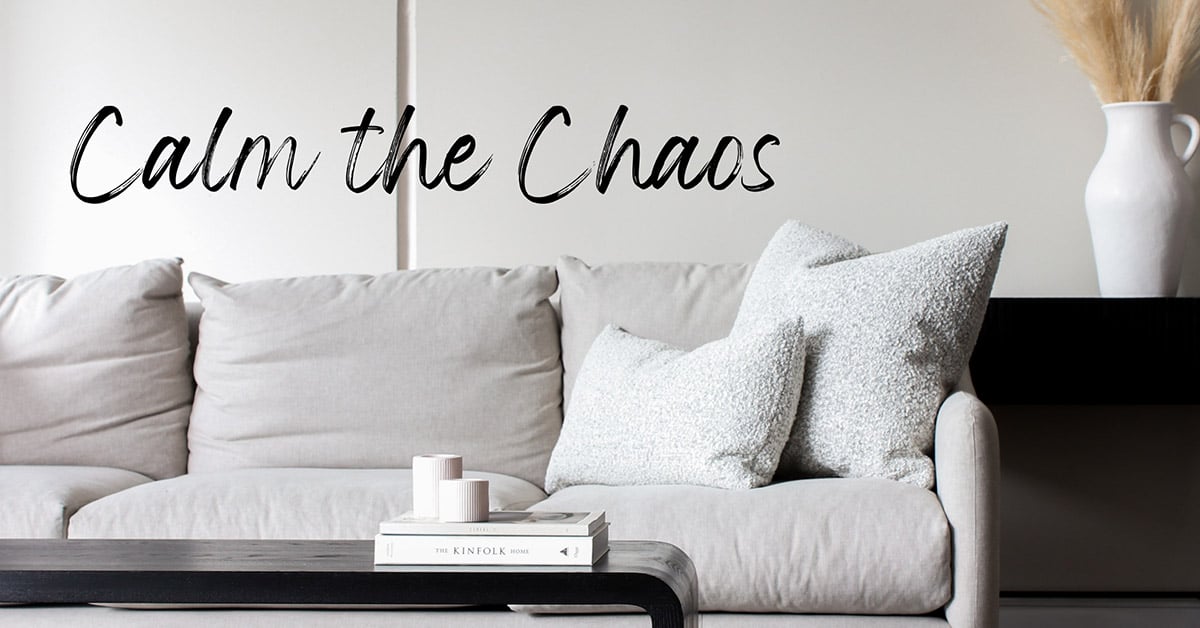Today we are talking all about paper organization and how we can cut back on the paper that we keep and only keep what is necessary. Once you have a system it is much easier to maintain the organization and find what you need when you need it. The systems you put in place are going to help keep you organized. Let me help you get organized once and for all!
Organizing paperwork can be challenging when there are stacks of paper everywhere. It is so easy to procrastinate when we feel overwhelmed. The best way to start is with sorting through existing stacks of paperwork by categorizing like-with-like (categories may include mail, receipts, household document) – just touch one piece of paper at a time and slowly you will get through your stack!
The easiest part of the sorting step is purging - most paper documents do not need to be filed and kept! An easy way to determine what to keep and what to toss is whether the information can be easily found online. As an example, junk mail with advertisements and expired offers/coupons can be discarded right away. Additionally, product manuals and instructions can easily be found online, so no need to save these either. As you go through the purging process be mindful to shred documents with personal information. Generic mail and envelopes can be recycled. The initial step of sorting and purging will make the organizing process easier and quicker!

Below are some main categories that apply to most households. Grab a few sticky notes or bins to sort the paperwork into piles. Your family’s needs may be a little different but here is a good way to start.
Anything that requires your attention or action. You’ll want to keep these visible and within reach – don’t file these away or you might forget about them!

Now it’s time to store away your physical files which is based on your storage needs and space. File storage options are endless from file cabinets to plastic file boxes. The simplest technique for home paper organization is to color-code. The system starts with choosing a specific color for each main category listed above. Simply make each sub-category the same color as the main category. My personal preference is to use hanging files which I categorize by using blue for taxes, pink for auto, yellow for banking/loans, red for home, and orange for medical. My sentimental folder is a pretty floral design because that just makes me happy!
My recommendation is to scan everything worth keeping, especially those documents that can’t be re-created. My digital folders match my physical categories with the addition of some extra sub-folders, especially for documents where I don’t need to keep a physical copy. Scanning to your computer’s hard drive is a good start but I would also recommend backups of these documents. There are numerous options within a cloud account (Google Drive, Dropbox, and Evernote are good options. An external hard drive is another great option and easy to sync).

Don’t let all your hard work go to waste! Now is a good time to develop a maintenance system. Hold yourself accountable by scheduling sessions in your calendar to keep you on track.
As you are reviewing your paperwork, below is a paperwork guideline that explains what needs to be kept and for how long. Save this for your future reference!
Download the Paperwork Guideline Infographic HERE!
The main takeaway in this process is to give each document a home. It doesn't have to be a fancy home it just has to be functional. I hope this has inspired you to live a more organized life!
